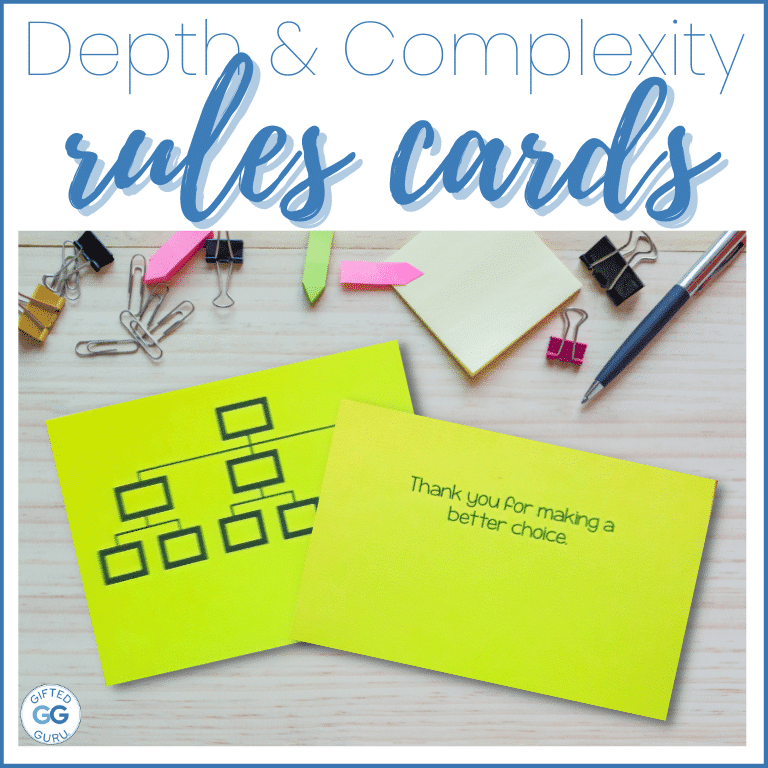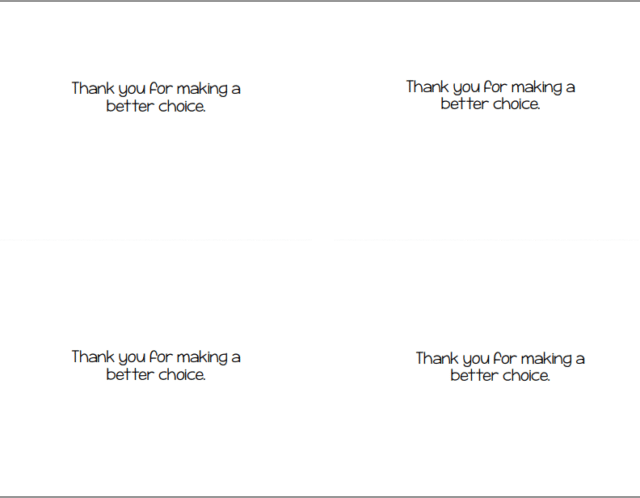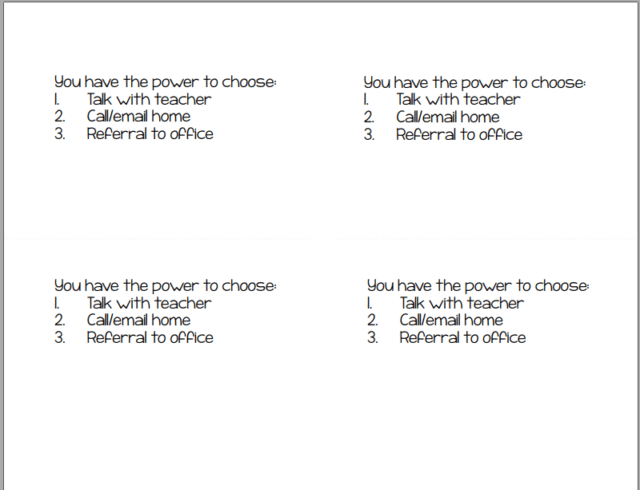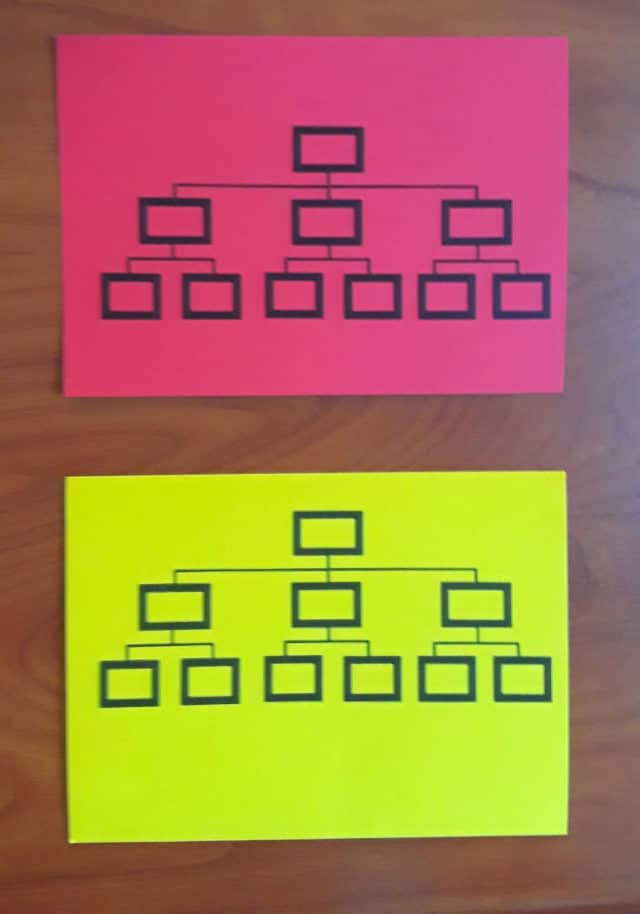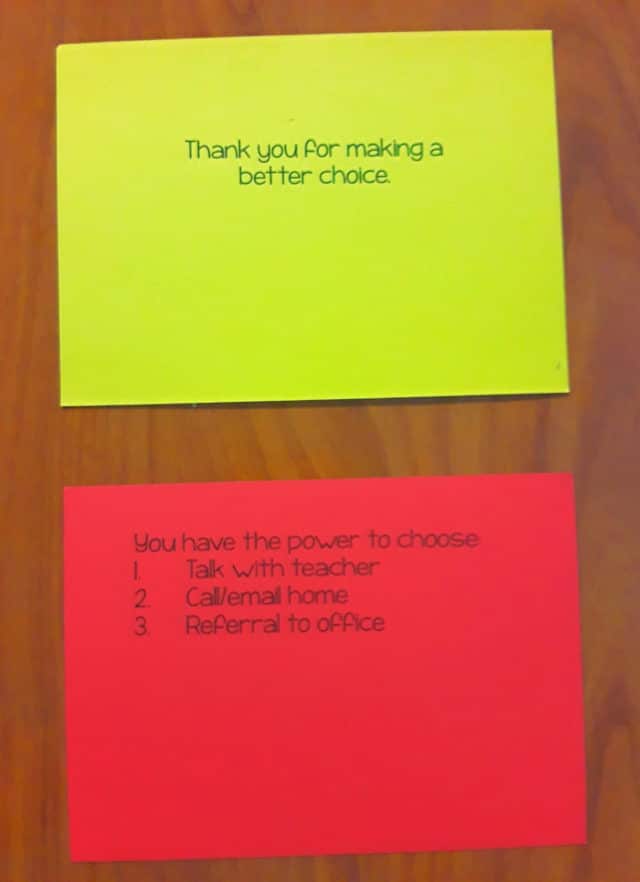Looking for an easy classroom management strategy that A) makes sense and B) empowers students to make good choices and save face?
Have I got a freebie for you!
My Depth and Complexity Rules Cards are super easy, super effective, and super cheap.
Depth & Complexity Rules Cards
You may know that I love the Depth & Complexity framework. If you’re one of the literally thousands of teachers I’ve trained in the method then you know I love it like I love Halo Top fake ice cream.
In addition to using it to raise thinking levels and save oodles of instructional time, I also use it for classroom management.
Here’s how.
This is the Rules element:
In the Depth & Complexity framework, Rules are more than just plain rules.
The element also represents:
- methods
- ways of doing things
- directions
- usual behavior
- standards
- organization
How I Use it for Classroom Management
I grab the free jpegs of the icons from the generous JTaylorEducation, and I use PowerPoint to have four Rules cards on one side of the page and text on the other. I use the black and white versions for this goodness.
I have four Rules elements on one side like this:
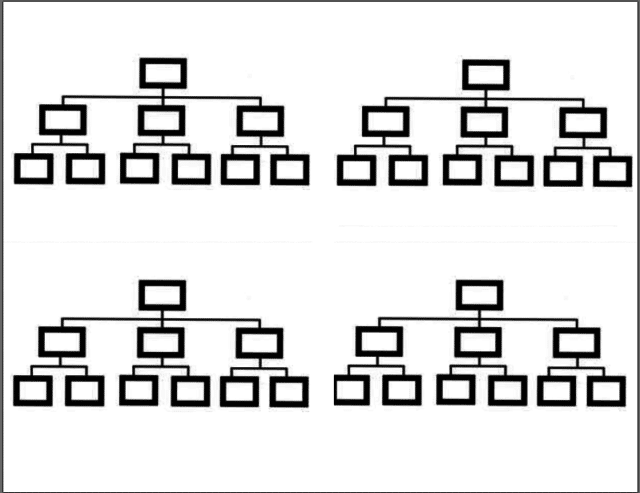
On the other side of one of those pages, I have this text (added at the suggestion of another teacher):
I print these on yellow cardstock.
Then, on the backs of the other page of four Rules elements, I have this writing:
I print these on red cardstock.
So they look like this:
(That’s the front.)
(That’s the back.)
I print them out, cut them up, and laminate them (of course, because…laminating is a big part of why I love teaching, as you know).
How to Use Them
Think soccer.
You know how in soccer if someone is being a jerk (that’s a technical soccer term – don’t be intimidated), the ref gives the player a yellow card?

Yeah, same.
The Yellow Card
When a student is engaged in behavior unwanted by me, I gently and subtly lay a yellow Rules card on the desk. It’s a warning. It says, “You are violating our classroom rules/standards/usual behavior/organization, etc.”
The student knows what he/she is doing. I don’t need to have some big confrontation about it. I don’t make a big deal about. I don’t embarrass the student. I just lay down a yellow card.
If the student mends his/her ways, I cruise by and flip the card over. The student then sees this message: “Thank you for making a better choice.”
At the end of class, I take back the yellow card and life as we know it continues.
The Red Card
If the student behaves in a truly egregious way (one of my fave words, incidentally), the student gets a red card.
A red card means one of three things will happen:
- You will have a conversation with me.
- I will have a conversation via phone or email with your parent or guardian.
- You will receive an office referral.
The choice of which of those things will happens depends upon the student’s actions after receiving the red card. (There are exceptions for behaviors that I am required to report.)
If the student appears to have disciplined him/herself, meaning that I can tell that there is a realization of the severity of the misbehavior, sincere apology, and a commitment to avoid that type of behavior in the future, it goes no further than a conversation with me.
Repeated red cards will result in fewer opportunities to just have a conversation with me. When I was an assistant principal (one year, don’t ask), I had a sign in my office that said, “The only true apology is changed behavior.”
If a student apologizes but continues to engage in the same behavior over and over, it’s time to move up the food chain.
I find these cards have really helped me be less confrontational and allowed students to take more ownership of their behavior. It’s also allowed my students to learn that even if they’ve made one mistake, they can make better decisions. I have faith in them.
- Would you like them? Download the cards here.
- This is one in a series of posts about strategies I use in class.
- You can find the Progress Cards here.
- You can find the “What I’ve Tried” Cards here.
**If you want to become a Depth and Complexity master, you can take the Depth and Complexity Course. Learn more here.


